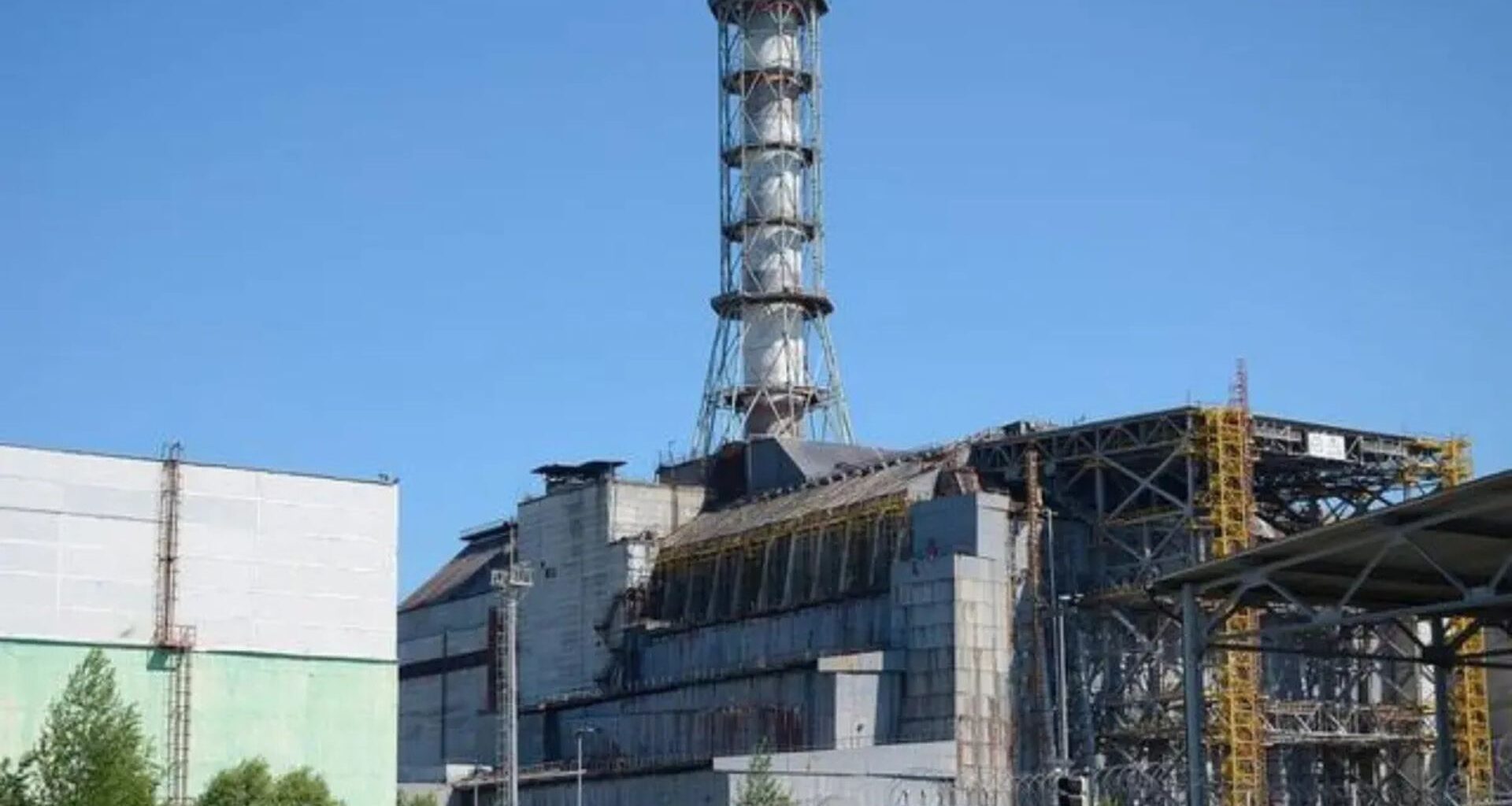Building a nuclear power plant is hard work, and it would be especially more difficult, at least from a public perception point of view, to set it up in Chernobyl. However, a plan is being made to set up multiple small modular reactors (SMRs) in its exclusion zone.
Chernobyl, located in present-day Ukraine, faced one of the biggest and widely known nuclear disasters in 1986. The toxic clouds that spread over the then Soviet Union territory exposed approximately 8.4 million people to nuclear radiation.
According to estimates, over 250,000 people developed cancer, and approximately 100,000 cases ended up being fatal.
The Chernobyl disaster also wreaked havoc across the landscape by causing extensive damage to crops, plants, and infrastructure.
Surveys are still being carried out at the disaster site and around it to find out the radiation levels in the area.
Ukraine looks to deploy SMRs across country
A total of 12 potential sites have been identified in Ukraine by the country’s state-owned National Nuclear Energy Generating Company (NNEGC) Energoatom and the Ukrenergo – the National Power Company- for SMR deployment.
Kyiv believes that SMRs can be a viable solution for its growing electricity needs, which will further rise once the war with Russia comes to a stop. It expects nuclear energy to play a vital role in the rebuilding of the nation, along with its future needs.
According to earlier reports, Ukraine wanted to deploy large Westinghouse AP1000 reactors, alongside an SMR program. Surveys and planning for new nuclear reactor deployment have continued in the country even during the war.
An agreement signed between Holtec and Energoatom in 2023 for approximately 20 SMRs was also on the cards, alongside ongoing talks with a number of other modular reactor makers.
The most recent confirmation on the SMR deployment plan in the Chernobyl exclusion zone came from Hryhorii Ishchenko, Head of the State Agency of Ukraine for Exclusion Zone Management.
In an interview with Interfax-Ukraine, Ishchenko said that his agency is ready to allocate land to NNEGC Energoatom for placing SMRs in the exclusion zone around Chernobyl.
He also added that the agreement to start work on this project will hopefully be signed shortly.
Chernobyl nuclear disaster and the exclusion zone
The Chernobyl nuclear reactor is roughly 80 miles (130 kilometers) from Kyiv. Following the nuclear disaster in 1986, an area of 18 miles (30 kilometers) around it was made an exclusion zone.
The exclusion zone had first been created to control the fallout from the disaster, and later it was expanded to include the heavily contaminated areas.
Currently, the area is largely uninhabited, with the exclusion of a few scientists and some other surveyors who arrive with a permit. Over the years, it has become a haven for wildlife, owing to the absence of human activity.
Surveys have been carried out in the past, which show that some areas in the exclusion zone would be fit for resuming agricultural activities.
The iodine-131 isotope posed the biggest health threat following the nuclear disaster. However, it has a half-life of eight days and has reduced to negligible levels in the following years.
While caesium-137 and strontium-90, which have an over three-decade shelf life, are still present in the area, although with levels more than halved.
How soon Ukraine will begin deploying SMRs in the Chernobyl exclusion zone remains to be seen. It will be a landmark event that will aid in meeting Kyiv’s energy needs.
